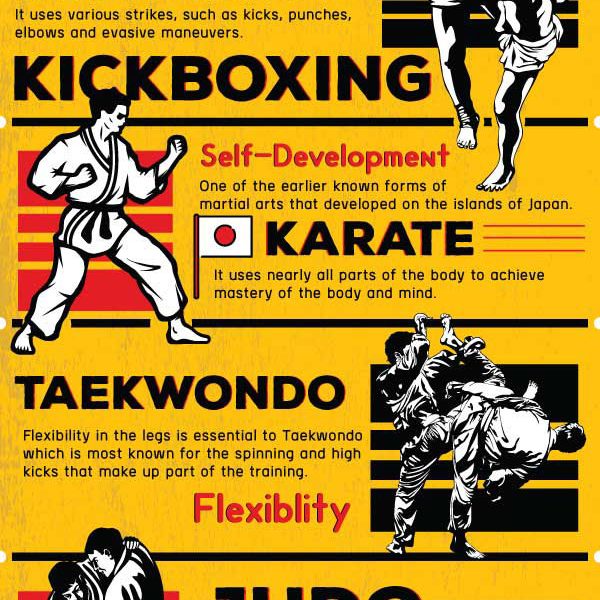Martial Arts Defense Training: Background And Methods
Martial Arts Defense Training: Background And Methods
Blog Article
Team Author-Noble Lowry
Discover the old origins of martial arts tools training, forming combat techniques and discipline. Ancient civilizations like Egypt and China sharpened their abilities with numerous weapons like bows, staffs, swords, and nunchaku. Given with generations, typical weapons such as katana, nunchaku, bo team, and sai use special qualities and strategies. Modern tool training incorporates traditional principles with modern methods, concentrating on rate, precision, and adaptability. Enhance your battle skills by learning more about the rich history and varied techniques of martial arts weapons.
Old Origins of Weapons Training
Discovering the ancient roots of tools training exposes the fundamental principles that have formed martial arts methods for centuries. In ancient people, weapons training had not been just a way of combat but additionally a way to instill technique, honor, and regard. The earliest forms of tools training can be traced back to ancient Egypt, where soldiers were learnt the art of archery and spear battle. These abilities were necessary for safeguarding the kingdom and guaranteeing its prosperity.
As what is aikido martial arts advanced, so did the methods and tools utilized in training. In Recommended Internet page , martial arts experts developed their skills with tools like the staff, sword, and nunchaku. These tools weren't only devices for self-defense however likewise icons of strength and proficiency. The training approaches were passed down from generation to generation, protecting the typical strategies and philosophies.
Through the research study of old weapons training, contemporary martial artists get a deeper understanding of the discipline and dedication needed to master these skills. By recognizing the tradition of ancient warriors, practitioners continue to promote the ageless principles of martial arts.
Typical Martial Arts Weaponry
The development of martial arts weaponry from old worlds to modern method highlights the enduring value of standard tools in battle training. Standard martial arts weapons includes a vast array of devices such as the katana, nunchaku, bo staff, and sai. These tools have been passed down via generations, each with its special characteristics and strategies.
The katana, a typical Japanese sword, is known for its intensity and accuracy in strikes. Nunchaku, containing 2 sticks attached by a chain or rope, call for proficient taking care of for effective battle. The bo staff, a lengthy stick typically made from wood, is flexible in both attack and protection maneuvers. The sai, a three-pronged metal weapon, is experienced at trapping and obstructing opponents' strikes.
Training with these conventional weapons not just refines physical battle skills but also cultivates technique and emphasis. By grasping the techniques of standard martial arts weaponry, specialists can embody the abundant history and culture of martial arts while boosting their battle proficiency.
Techniques for Modern Weapon Training
Modern tool training methods stress flexibility and efficiency in battle situations, mixing conventional concepts with contemporary techniques for maximum efficiency. To master modern weapon training, concentrate on enhancing your speed, precision, and convenience. Exercising with weapons like blades, batons, and firearms needs mastering strategies that focus on swift strikes and precise defensive maneuvers.
Maneuvering plays a crucial function in modern weapon training, allowing you to preserve proper range from your challenger and promptly shift between offensive and defensive positions. By incorporating liquid motions and fast maneuvering drills right into your training program, you can properly evade assaults and launch counterblows with precision.
In addition, modern tool training highlights the significance of situational recognition and calculated thinking. Recognizing just how to assess dangers, determine susceptabilities, and exploit openings in your challenger's protection is important for success in battle circumstances. By honing your logical abilities and establishing a tactical mindset, you can exceed enemies and arise victorious in challenging scenarios.
Conclusion
So there you have it! You have actually learned about the ancient origins of tools training, explored standard martial arts weaponry, and discovered strategies for modern tool training.
Now go out there and exercise what you've found out, and come to be a master of martial arts weapons! Keep in mind, the possibilities are countless, and with commitment and practice, you can come to be a weapon-wielding ninja in a snap!
